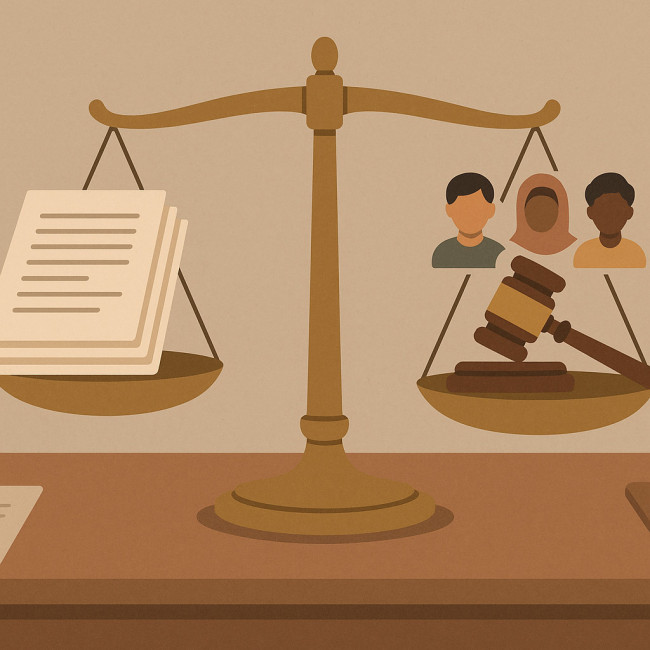Sensitivity reading agreements: scope, liability, and fair pricing guidelines
A clear sensitivity-reading contract protects the author, the publisher, and the reader. In this guide, you will learn how to define scope, limit liability, and negotiate fair fees so that cultural accuracy never becomes an afterthought.
Why a formal agreement is non-negotiable
Without written terms, the work of a sensitivity reader can be misunderstood as “proofreading with feelings” instead of a specialised editorial service that safeguards brand reputation. A contract:
- Sets measurable deliverables (e.g., annotated manuscript, final memo).
- Clarifies turnaround time—vital when marketing dates are fixed.
- Allocates responsibility, protecting both parties from defamation claims.
- Justifies professional rates, similar to those explored in industry day-rate benchmarks for authors.
Defining the scope: get granular
Core elements to spell out
Scope creep is the top pain point reported by sensitivity readers. Prevent it by listing:
- Content areas: for example, mental-health depiction, disability language, or Indigenous protocols.
- Depth of feedback: surface notes only, or line-by-line annotations.
- Format: tracked changes, comment bubbles, or a standalone report.
- Number of passes: one full read is standard; a follow-up check is billable.
If multiple specialists are engaged—say, one for racial representation and another for LGBTQIA+ issues—draft separate appendices. A template similar to those in co-writing contract clauses can streamline approvals.
Timeline and milestones
Publishers often compress schedules to hit catalogue dates. The agreement should include:
- Kick-off date upon receipt of the full manuscript.
- Mid-point check-in to flag red-alert issues early.
- Final delivery with a fixed date and late-fee clause.
Liability: who holds the bag?

A sensitivity reader provides advice, not legal clearance. Insert a disclaimer such as: Their role is to flag potential cultural inaccuracies, but they cannot guarantee that all legal pitfalls have been eliminated; therefore, the ultimate responsibility for the manuscript's content rests with the author and publisher. In high-stakes nonfiction, the distinction is particularly critical because courts evaluate intent alongside factual accuracy, and a reader's memo is never a substitute for qualified legal opinion.
“The reader offers cultural feedback to the best of their knowledge. The author maintains final editorial control and responsibility for published content.”
Publishers worried about lawsuits may request professional-liability insurance. If so, add a budget line or negotiate a higher fee—exactly the type of safeguard discussed in retainer-style author contracts.
Indemnity & limitations
- Cap liability: many agreements limit damages to the fees paid.
- Specify jurisdiction: choose a court location familiar to both parties.
- Confidentiality clauses: mirror NDAs to protect unpublished material.
What does fair pricing look like?
Rates vary by word count, domain expertise, and risk. Below are 2024 market ranges gathered from leading editorial associations and marketplaces.
| Pricing model | Low range | High range | Best for |
|---|---|---|---|
| Per word | $0.005 | $0.015 | Short fiction, articles |
| Per hour | $40 | $100 | Developmental feedback |
| Per project | $350 | $2,000+ | Full-length novels |
| Rush surcharge | +25% | +50% | Turnaround ≤7 days |
Negotiation levers
Use concrete metrics—word count, complexity, and liability exposure—to justify price. Sharing examples from ghostwriting agreement negotiations can strengthen your case.
Rate trends: 2019–2024
Source : Editorial Freelancers Association
*Early 2024 surveys suggest the upward trend continues.
Best-practice clauses at a glance
| Clause | Why it matters | Sample wording |
|---|---|---|
| Deliverables | Prevents scope creep | “One annotated manuscript plus a 2-page memo.” |
| Revision window | Limits unpaid re-reads | “Feedback queries accepted up to 14 days post-delivery.” |
| Liability cap | Protects both parties | “Liability shall not exceed fees paid.” |
| Credit | Optional anonymity | “Credit only with reader's prior written consent.” |
Workflow tips to keep the project on track
- Use version control: label drafts (v1.0, v1.1) to avoid comment loss.
- Centralise communication in one channel—email or a protected cloud folder.
- Ask for sensitivity-reader invoices upfront to align with publisher finance cycles.
- Cross-reference author directory profiles to vet expertise before signing.
Mini quiz: test your contract savvy
FAQ
- Can one person cover all sensitivity topics?
- Rarely. Complex works benefit from multiple readers with lived experience in each area.
- Is sensitivity reading the same as legal vetting?
- No. A lawyer checks for libel and rights; a sensitivity reader checks for harmful stereotypes and inaccuracies.
- Should the reader be credited?
- Only if both parties agree. Some readers prefer anonymity to avoid harassment.
- How early in the process should I hire a reader?
- Ideally after developmental edits but before copy-editing, so structural fixes are still feasible.
- What if the author disagrees with feedback?
- The contract should outline a discussion window. Ultimately, the author makes the final call and assumes responsibility.
Key takeaways
- Define scope in writing to prevent disputes.
- Include liability caps and disclaimers.
- Benchmark fees against current market data.
- Schedule milestones that respect both creative flow and launch dates.
Ready to formalise your next project? Use these guidelines to draft a robust agreement that values cultural accuracy and fair labour.











